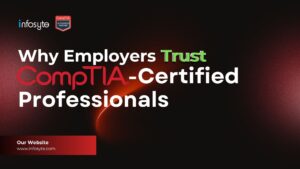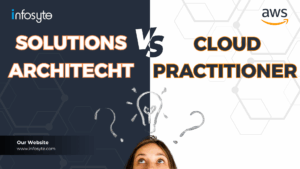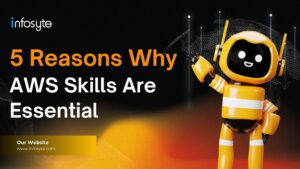Amazon Web Services (AWS) is the global leader in cloud computing, offering over 200 fully featured services that support a vast range of workloads, industries, and innovation goals. From data storage and machine learning to IoT and enterprise applications, AWS enables businesses of all sizes to scale efficiently, securely, and cost-effectively.
If you’re looking to kick-start your cloud journey in 2025, there’s no better place to begin. Whether you’re aiming to build resilient web applications, automate infrastructure, or explore data analytics and AI, mastering AWS fundamentals is a critical first step. However, with so many services and concepts, it’s easy to feel overwhelmed at the outset.
This guide introduces the AWS Engineering Essentials—the foundational topics, tools, and practices you need to understand as a newcomer. We’ll walk through core services like Amazon EC2, S3, RDS, and Lambda, explore identity and access management (IAM), and demystify key architectural principles. Whether you’re a student, transitioning careers, or an IT professional upgrading your cloud expertise, this overview will help you prioritize the right skills, avoid common pitfalls, and gain the confidence to start building on AWS with purpose and clarity.
From hands-on labs and certification paths to real-world project ideas, you’ll get actionable insights to accelerate your learning and position yourself for long-term success in the cloud.
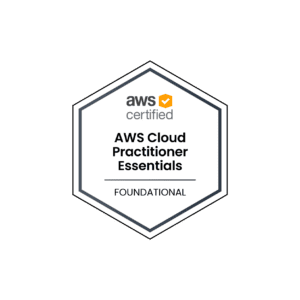

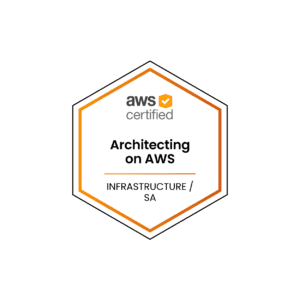

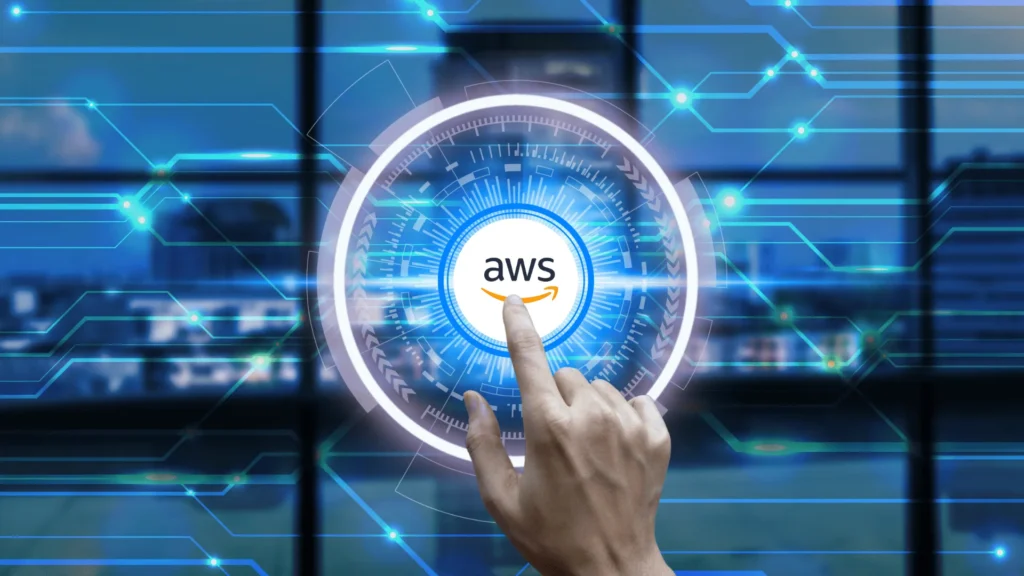

 Pro Tip: Pro Tip: When launching your application, always select the region closest to your users to optimize both performance and compliance. Let me know if you’d like to extend this into AWS certification paths or service-specific guides.
Pro Tip: Pro Tip: When launching your application, always select the region closest to your users to optimize both performance and compliance. Let me know if you’d like to extend this into AWS certification paths or service-specific guides.

